Home>Gardening & Outdoor>Landscaping Ideas>What Kind Of Wood For A Raised Garden Bed
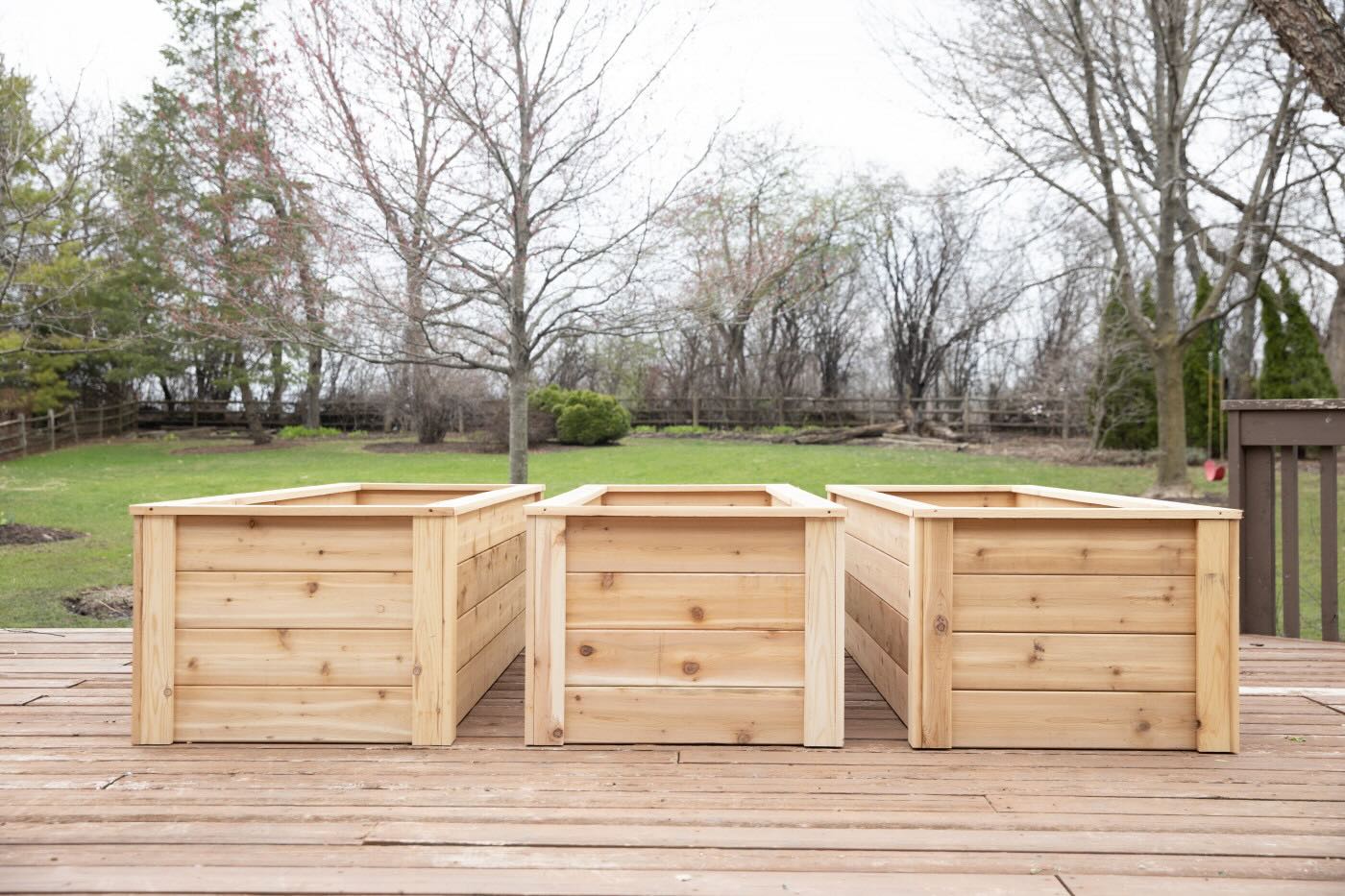

Landscaping Ideas
What Kind Of Wood For A Raised Garden Bed
Modified: March 19, 2024
Discover the best wood options for your raised garden bed with our expert landscaping ideas. Choose the right wood for a durable and beautiful garden bed.
(Many of the links in this article redirect to a specific reviewed product. Your purchase of these products through affiliate links helps to generate commission for Storables.com, at no extra cost. Learn more)
Introduction
When it comes to creating a raised garden bed, choosing the right type of wood is crucial for the success and longevity of your project. The wood you select will not only contribute to the aesthetic appeal of your garden but also play a significant role in its durability and functionality. With a myriad of options available, it's essential to understand the characteristics of different types of wood to make an informed decision.
The choice of wood for a raised garden bed is influenced by several factors, including durability, resistance to decay, sustainability, and cost. Each type of wood has its unique properties, making it suitable for specific gardening needs. By exploring the distinct features of various wood options, you can determine the best fit for your raised garden bed project.
In this comprehensive guide, we will delve into the characteristics of popular wood choices for raised garden beds, including cedar wood, redwood, Douglas fir, pine, and composite wood. By examining the attributes of each type, you will gain valuable insights to aid in your decision-making process. Whether you prioritize natural resistance to decay, affordability, or eco-friendliness, understanding the qualities of different wood types will empower you to make an informed choice for your raised garden bed.
Key Takeaways:
- Choose cedar wood for a raised garden bed for natural durability, resistance to decay, and sustainability. Its beautiful appearance and long-term cost-effectiveness make it a reliable and eco-friendly choice for gardening enthusiasts.
- Consider redwood for a resilient and visually captivating garden bed. Its exceptional resistance to decay, dimensional stability, and enduring quality offer a worthwhile investment for creating a reliable and elegant outdoor space.
Cedar Wood
Cedar wood is a popular choice for constructing raised garden beds due to its natural durability and resistance to decay. This type of wood is renowned for its ability to withstand the elements, making it an excellent option for outdoor applications. One of the key advantages of cedar wood is its natural resistance to insects and rot, which can significantly prolong the lifespan of a raised garden bed.
The inherent properties of cedar wood make it well-suited for withstanding moisture, ensuring that it remains structurally sound in a garden environment. Additionally, cedar contains natural oils that act as preservatives, further enhancing its resistance to decay and deterioration. This means that cedar garden beds are less likely to require chemical treatments or sealants, making them an environmentally friendly choice for gardening enthusiasts.
In terms of aesthetics, cedar wood boasts a beautiful, natural appearance that can complement various garden styles. Its distinct reddish-brown hue adds a touch of warmth and elegance to outdoor spaces, enhancing the overall visual appeal of the garden bed. Furthermore, cedar's fine grain and smooth texture contribute to its attractive appearance, making it a desirable option for those seeking both functionality and beauty in their garden design.
Another compelling aspect of cedar wood is its sustainability. Cedar trees are known for their relatively fast growth, making them a renewable resource. This aligns with the eco-conscious mindset of many gardeners who prioritize environmentally friendly materials for their projects. By choosing cedar for a raised garden bed, individuals can contribute to sustainable practices while enjoying the numerous benefits this type of wood offers.
While cedar wood may come at a slightly higher initial cost compared to some other wood options, its long-term durability and low maintenance requirements make it a cost-effective choice in the grand scheme of a garden bed's lifespan. With proper care and maintenance, cedar garden beds can provide years of reliable service, making them a worthwhile investment for gardening enthusiasts.
In summary, cedar wood stands out as an excellent choice for constructing raised garden beds due to its natural durability, resistance to decay, aesthetic appeal, sustainability, and long-term cost-effectiveness. By opting for cedar, gardeners can create a functional and visually appealing garden bed that is built to withstand the rigors of outdoor conditions while contributing to sustainable practices.
Redwood
Redwood is revered for its remarkable natural properties, making it a sought-after choice for constructing raised garden beds. This type of wood is renowned for its exceptional durability and resistance to decay, positioning it as an ideal material for outdoor applications. The inherent characteristics of redwood contribute to its longevity and aesthetic appeal, making it a compelling option for gardeners seeking a reliable and visually pleasing solution.
One of the standout features of redwood is its impressive resistance to rot and decay. This attribute is attributed to the high levels of natural tannins and oils present in the wood, which act as protective agents against moisture and environmental elements. As a result, redwood garden beds are well-equipped to withstand prolonged exposure to water and soil, ensuring that they remain structurally sound and visually appealing over time.
In addition to its resistance to decay, redwood exhibits a stunning natural beauty that enhances the visual allure of raised garden beds. The wood's rich, reddish-brown hue exudes warmth and elegance, adding a touch of natural sophistication to outdoor spaces. The fine grain and smooth texture of redwood further contribute to its aesthetic appeal, making it a desirable choice for gardeners who prioritize both functionality and visual harmony in their garden design.
Furthermore, redwood is known for its dimensional stability, meaning it is less prone to warping, shrinking, or swelling when exposed to varying weather conditions. This stability is a valuable attribute for garden beds, as it ensures that the structure maintains its integrity and form, even in the face of fluctuating moisture levels and temperature changes.
From a sustainability standpoint, redwood is a compelling choice due to its status as a renewable and eco-friendly material. Redwood trees are known for their slow growth, contributing to the wood's density and strength. Despite its slow growth, redwood is considered a sustainable option, as responsible forestry practices ensure the replenishment of redwood forests for future generations.
While redwood may come with a higher initial cost compared to some other wood options, its exceptional durability, resistance to decay, dimensional stability, and natural beauty make it a worthwhile investment for gardeners. With proper care and maintenance, redwood garden beds can provide long-lasting functionality and aesthetic appeal, enriching outdoor spaces and supporting the growth of healthy plants.
In summary, redwood stands out as a premier choice for constructing raised garden beds, offering a winning combination of durability, resistance to decay, natural beauty, dimensional stability, and sustainability. By opting for redwood, gardeners can create a resilient and visually captivating garden bed that harmonizes with the outdoor environment while embodying enduring quality and timeless elegance.
Douglas Fir
Douglas fir is a popular wood choice for constructing raised garden beds, valued for its strength, affordability, and versatility. This type of wood is known for its exceptional structural integrity, making it well-suited for supporting the weight of soil and plants in a garden bed. Additionally, Douglas fir exhibits a straight grain and a smooth, uniform texture, contributing to its visual appeal and ease of handling during construction.
One of the key advantages of Douglas fir is its impressive strength-to-weight ratio, which makes it a reliable option for building sturdy and long-lasting garden beds. This strength is particularly beneficial for raised beds that will accommodate a substantial volume of soil and plants, providing the necessary support for healthy root growth and overall structural stability.
In terms of affordability, Douglas fir offers an attractive balance between cost and performance, making it an accessible option for gardeners seeking a durable and budget-friendly wood for their raised garden beds. Its availability and relatively lower cost compared to some other wood types make it an appealing choice for those looking to create functional and economical garden beds without compromising on quality.
Furthermore, Douglas fir is known for its natural resistance to decay and rot, especially when treated with a suitable sealant or preservative. This resistance enhances the wood's longevity, ensuring that the garden bed remains structurally sound and visually appealing over time. By applying a protective finish, gardeners can enhance the wood's ability to withstand moisture and environmental elements, further extending its lifespan and performance.
While Douglas fir may not exhibit the same level of natural decay resistance as cedar or redwood, its affordability, strength, and workability make it a practical choice for gardeners seeking a reliable and cost-effective wood for their raised garden beds. With proper maintenance and care, Douglas fir garden beds can offer years of dependable service, providing a conducive environment for cultivating thriving plants and enhancing outdoor spaces.
In summary, Douglas fir presents a compelling option for constructing raised garden beds, offering a blend of strength, affordability, and workability. By opting for Douglas fir, gardeners can create robust and functional garden beds that cater to their planting needs while remaining mindful of budget considerations. With its inherent strength and versatility, Douglas fir stands as a practical and accessible choice for gardeners embarking on their raised bed gardening endeavors.
When choosing wood for a raised garden bed, opt for rot-resistant options like cedar or redwood. Avoid pressure-treated wood, as it can leach chemicals into the soil.
Pine
Pine is a widely available and cost-effective wood option for constructing raised garden beds, offering a range of benefits that make it a practical choice for gardening enthusiasts. Known for its affordability and ease of accessibility, pine presents an attractive option for those seeking to create functional and budget-friendly garden beds without compromising on quality.
One of the key advantages of pine is its affordability, making it an accessible choice for individuals looking to embark on their gardening projects without incurring substantial costs. The availability of pine wood in various lumber yards and home improvement stores contributes to its widespread popularity among DIY gardeners and landscaping enthusiasts. This accessibility allows gardeners to acquire the necessary materials for their raised garden beds with ease, aligning with budget considerations and project requirements.
In addition to its affordability, pine is relatively lightweight and easy to work with, making it an ideal choice for DIY projects and construction endeavors. Its workability enables gardeners to handle and manipulate the wood effectively during the assembly of raised garden beds, facilitating a streamlined and efficient construction process. This characteristic is particularly beneficial for individuals who may be undertaking their gardening projects independently or with limited assistance, as it simplifies the handling and installation of the wood components.
While pine may not possess the same natural resistance to decay as cedar or redwood, it can still serve as a viable option for raised garden beds when appropriately treated with a suitable sealant or preservative. By applying a protective finish, gardeners can enhance the wood's ability to withstand moisture and environmental elements, thereby extending its lifespan and performance. This proactive approach to maintenance ensures that pine garden beds remain structurally sound and visually appealing over time, contributing to a positive gardening experience.
Furthermore, the light color and natural grain patterns of pine wood can complement various garden styles, adding a touch of rustic charm to outdoor spaces. Its visual appeal, combined with its affordability and workability, makes pine a practical choice for gardeners seeking to create functional and aesthetically pleasing raised garden beds within budget constraints.
In summary, pine offers a cost-effective and accessible wood option for constructing raised garden beds, catering to the needs of budget-conscious gardeners and DIY enthusiasts. While it may require additional protective measures to enhance its durability, the affordability, workability, and visual appeal of pine make it a practical choice for creating functional and charming garden beds that align with project requirements and financial considerations.
Read more: What Is A Raised Garden Bed
Composite Wood
Composite wood, also known as engineered wood or composite lumber, has emerged as a versatile and innovative alternative for constructing raised garden beds. This type of wood is engineered from a blend of recycled materials, such as wood fibers and plastic, resulting in a durable and environmentally friendly material that offers a range of benefits for gardening enthusiasts.
One of the key advantages of composite wood is its exceptional durability and resistance to decay, making it well-suited for outdoor applications. Unlike traditional wood, composite wood is engineered to withstand the effects of moisture, temperature fluctuations, and environmental elements, ensuring that it maintains its structural integrity and visual appeal over time. This durability makes composite wood an attractive option for gardeners seeking a long-lasting and low-maintenance solution for their raised garden beds.
In addition to its durability, composite wood is renowned for its eco-friendly properties, as it is often manufactured from recycled materials. By utilizing recycled wood fibers and plastic, composite wood contributes to sustainable practices and environmental conservation, aligning with the eco-conscious mindset of many gardeners. This sustainable approach to material sourcing makes composite wood an appealing choice for individuals seeking to minimize their environmental impact while creating functional and aesthetically pleasing garden beds.
Furthermore, composite wood offers excellent dimensional stability, meaning it is less prone to warping, cracking, or splintering when exposed to varying weather conditions. This stability ensures that the garden bed maintains its form and structural integrity, providing a reliable and visually appealing environment for cultivating plants and enhancing outdoor spaces.
Another compelling aspect of composite wood is its low maintenance requirements. Unlike natural wood, composite wood does not require sealing, staining, or painting to maintain its appearance and performance. This translates to reduced upkeep and associated costs, offering gardeners a hassle-free and convenient solution for their raised garden bed needs.
Moreover, composite wood is available in a variety of colors and finishes, allowing gardeners to customize the appearance of their raised beds to suit their preferences and complement their outdoor aesthetics. This versatility in design options empowers individuals to create unique and personalized garden beds that harmonize with their overall landscaping vision.
In summary, composite wood presents a compelling and innovative option for constructing raised garden beds, offering a blend of durability, sustainability, dimensional stability, low maintenance, and design versatility. By opting for composite wood, gardeners can create resilient and visually captivating garden beds that cater to their planting needs while embracing sustainable practices and environmental responsibility.
Conclusion
In conclusion, the choice of wood for a raised garden bed is a decision that encompasses a blend of practical, aesthetic, and environmental considerations. Each type of wood, whether it's the natural durability of cedar, the exceptional resistance to decay of redwood, the strength and affordability of Douglas fir, the accessibility and workability of pine, or the innovative properties of composite wood, offers distinct advantages that cater to the diverse needs and preferences of gardening enthusiasts.
When embarking on a raised garden bed project, it's essential to assess the specific requirements of the garden space, the desired aesthetic appeal, and the long-term durability of the chosen wood. Factors such as natural resistance to decay, sustainability, cost-effectiveness, and maintenance requirements play a pivotal role in guiding the decision-making process.
Cedar wood stands out as an excellent choice for its natural durability, resistance to decay, aesthetic appeal, sustainability, and long-term cost-effectiveness. Its ability to withstand the elements and contribute to sustainable practices makes it a compelling option for gardeners seeking a reliable and visually appealing solution for their raised garden beds.
Redwood, with its exceptional resistance to rot and decay, dimensional stability, and natural beauty, offers a premier choice for constructing raised garden beds. Its enduring quality and timeless elegance make it a worthwhile investment for gardeners looking to create resilient and visually captivating garden beds.
Douglas fir presents a practical and accessible option for constructing raised garden beds, offering a blend of strength, affordability, and workability. Its inherent strength and versatility make it a reliable choice for gardeners seeking a durable and cost-effective wood for their raised garden beds.
Pine offers a cost-effective and accessible wood option, catering to the needs of budget-conscious gardeners and DIY enthusiasts. Its affordability, workability, and visual appeal make it a practical choice for creating functional and charming garden beds within budget constraints.
Composite wood emerges as an innovative and sustainable alternative, providing exceptional durability, dimensional stability, low maintenance, and design versatility. Its eco-friendly properties and long-lasting performance make it an attractive choice for individuals seeking a resilient and visually captivating solution for their raised garden beds.
Ultimately, the selection of wood for a raised garden bed is a personal and multifaceted decision, influenced by a combination of practical, aesthetic, and environmental factors. By understanding the unique properties of each wood type, gardeners can make informed choices that align with their gardening goals, sustainability values, and budget considerations, resulting in the creation of enduring and visually appealing raised garden beds that enrich outdoor spaces and support the growth of thriving plants.
Frequently Asked Questions about What Kind Of Wood For A Raised Garden Bed
Was this page helpful?
At Storables.com, we guarantee accurate and reliable information. Our content, validated by Expert Board Contributors, is crafted following stringent Editorial Policies. We're committed to providing you with well-researched, expert-backed insights for all your informational needs.
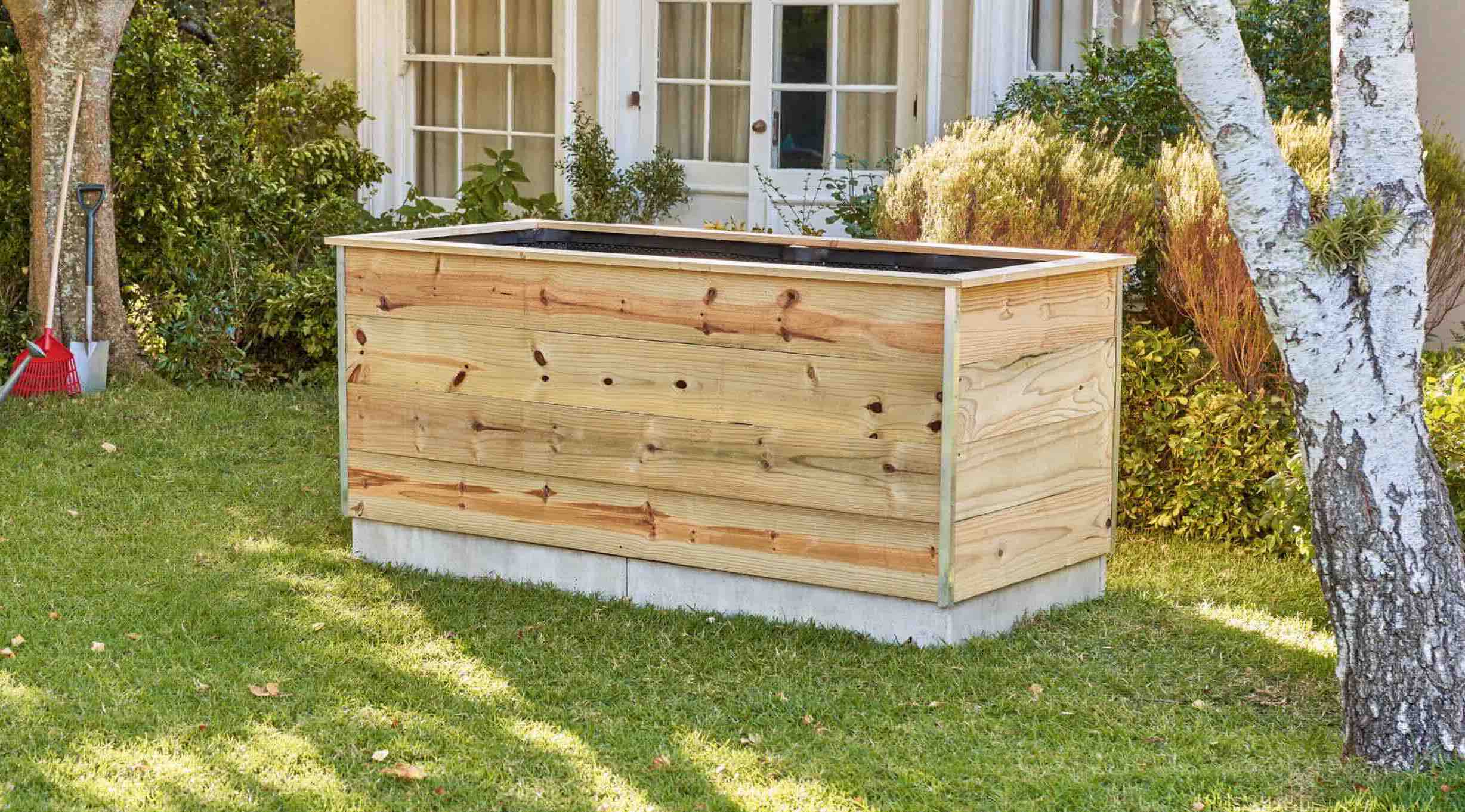
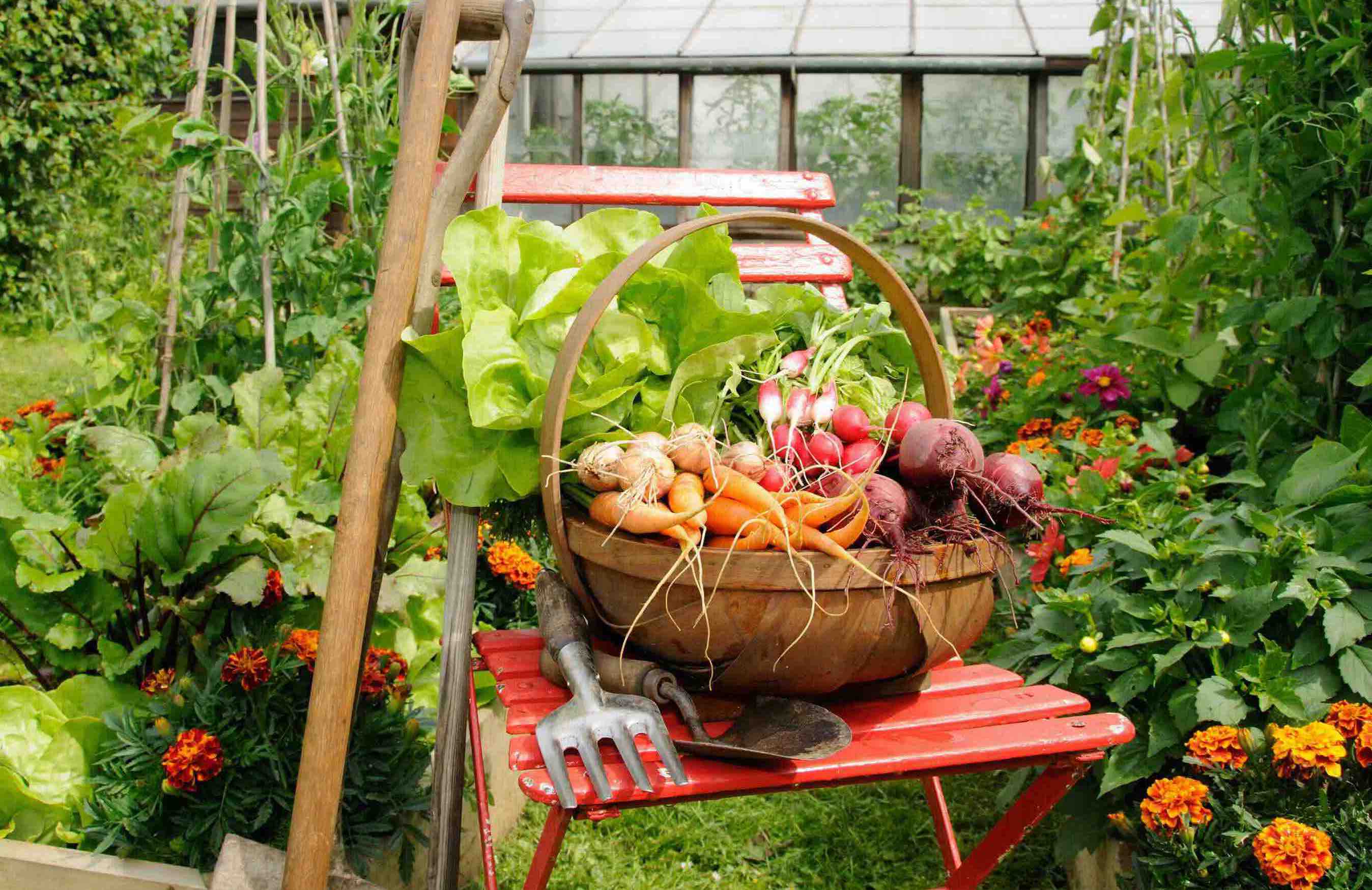
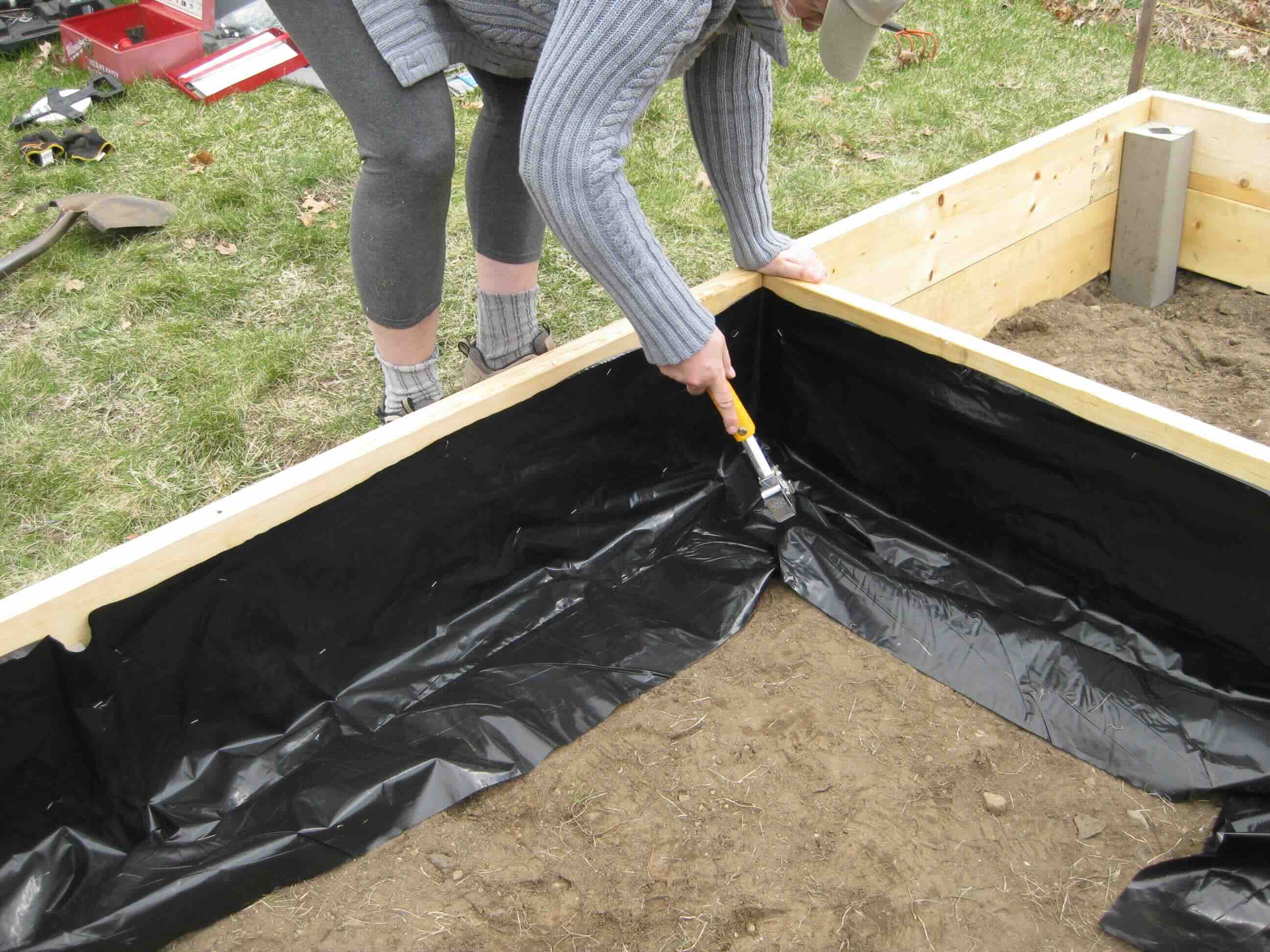
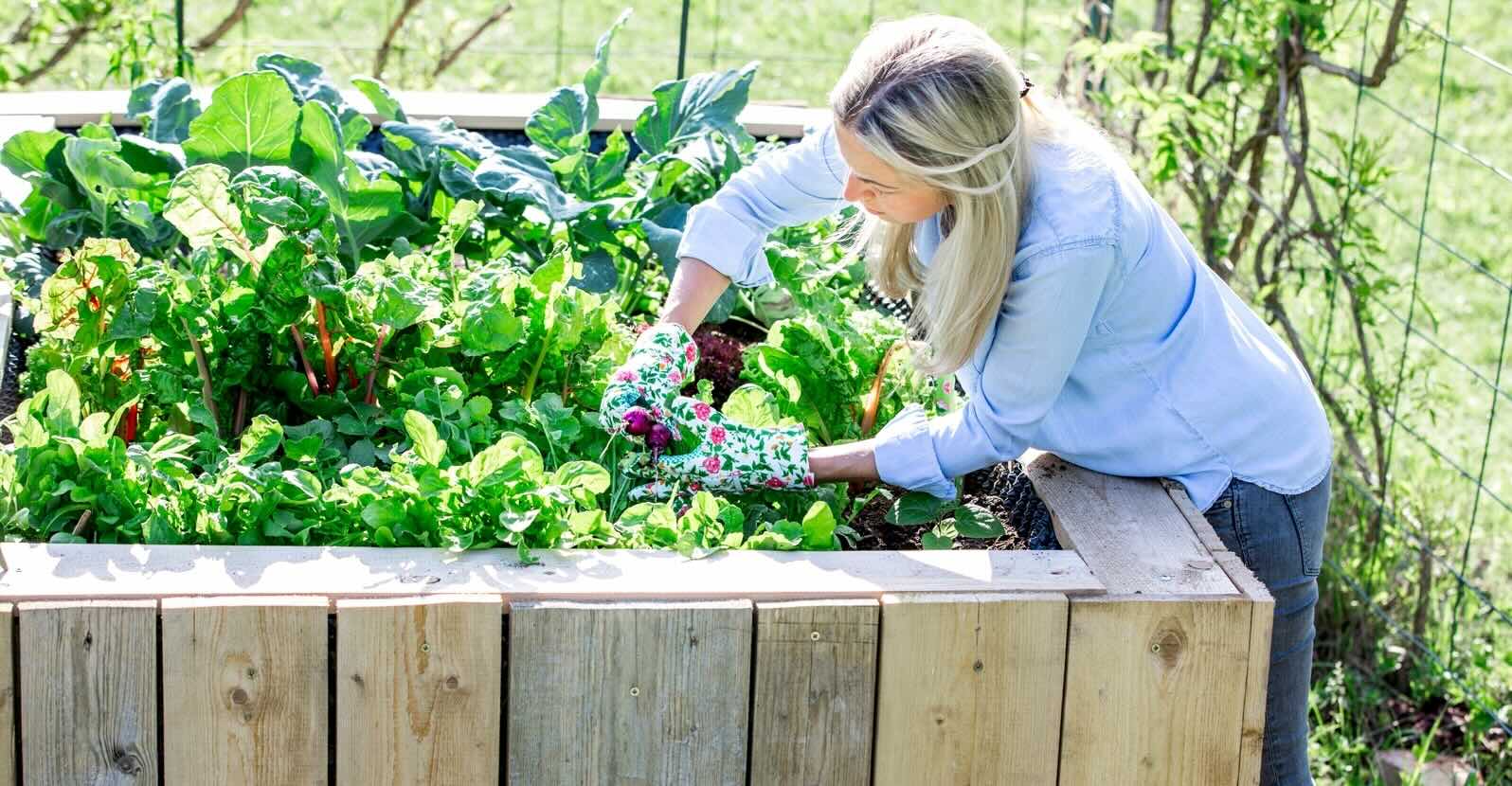
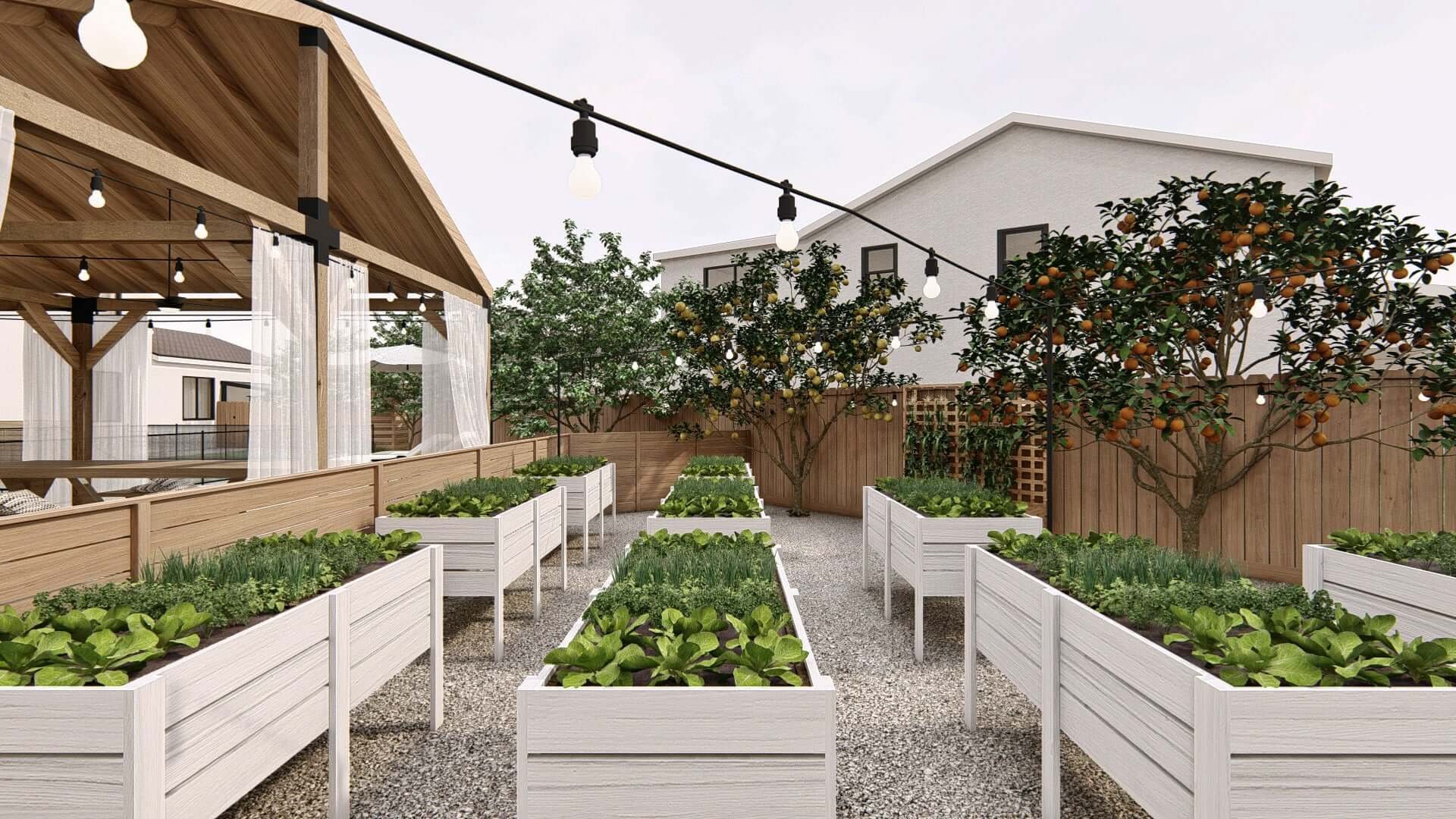
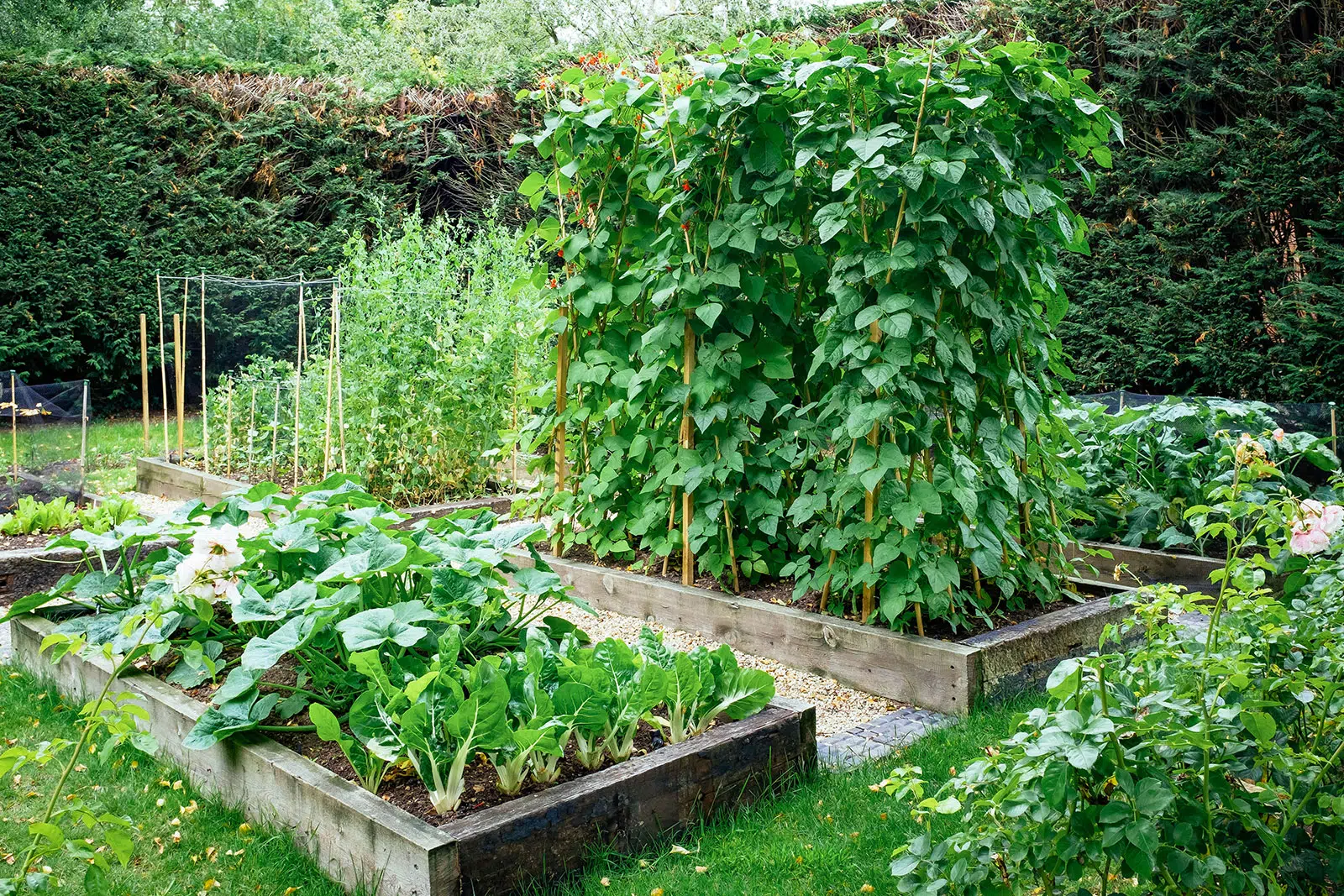
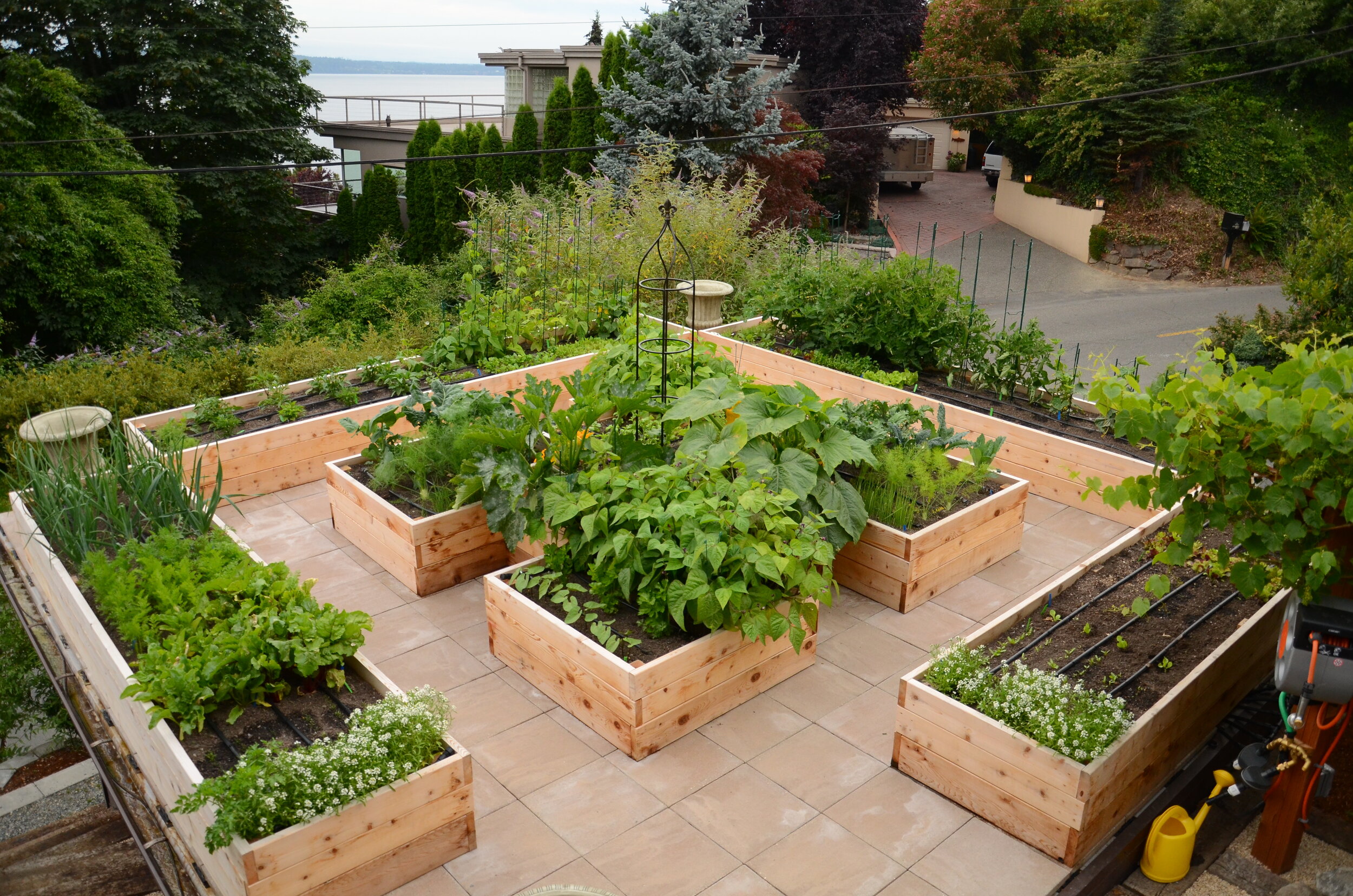
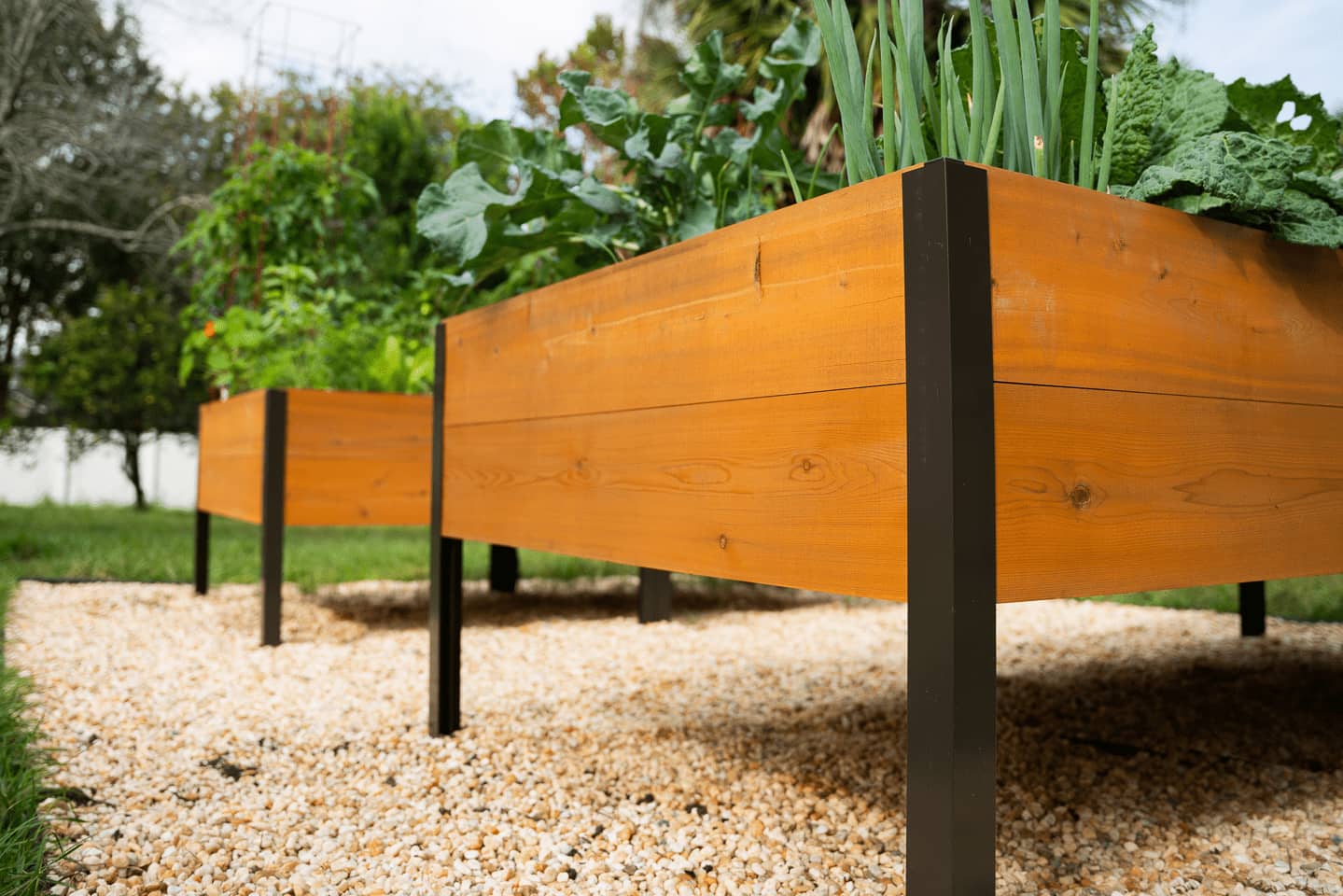
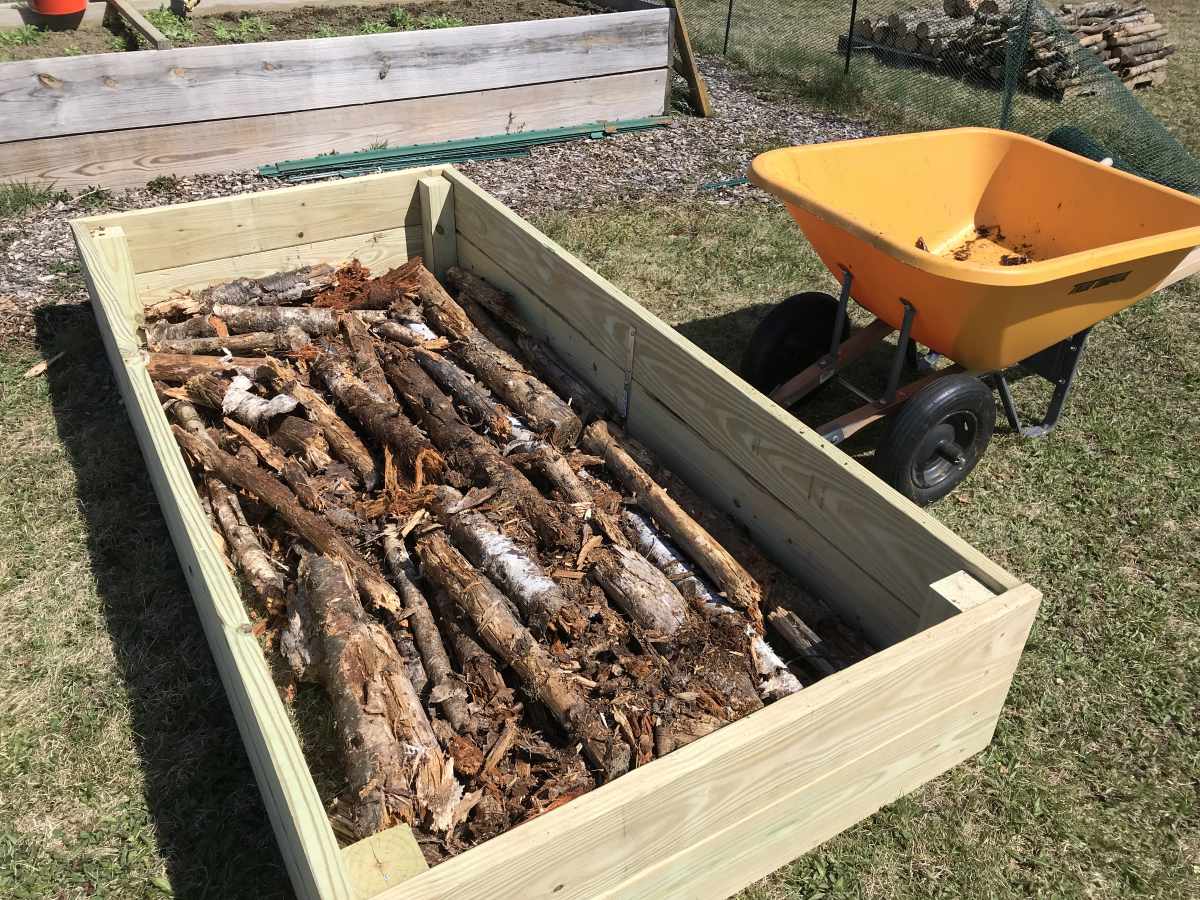
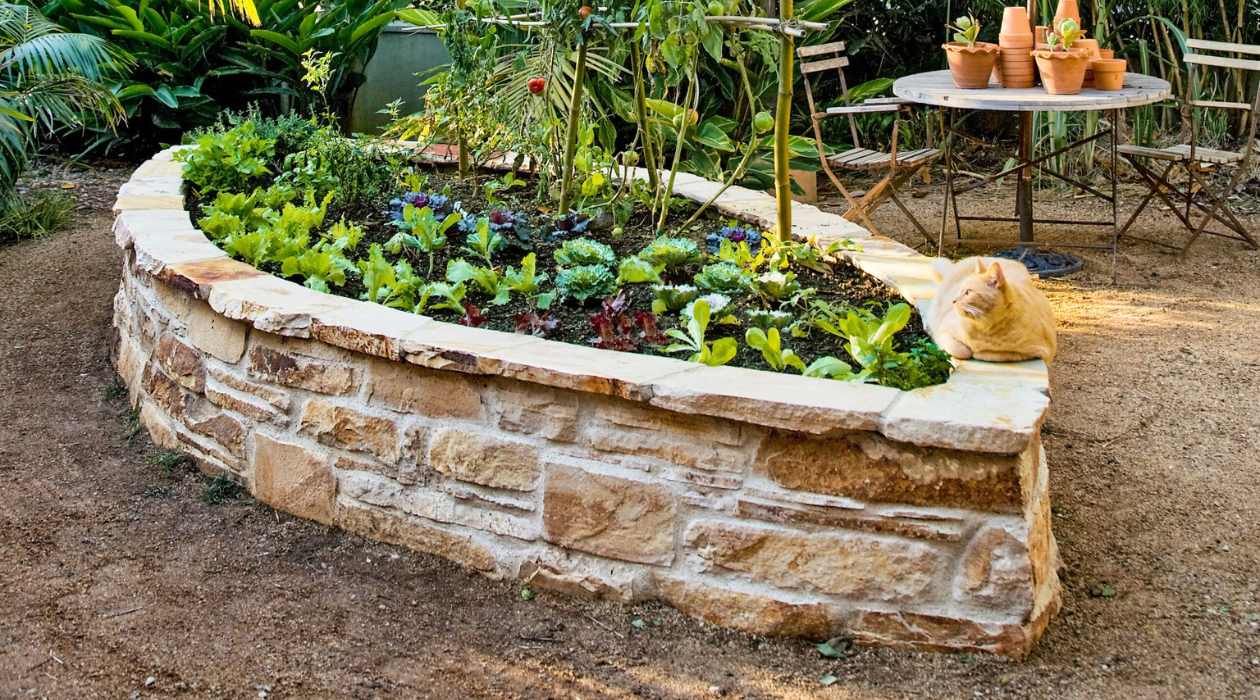
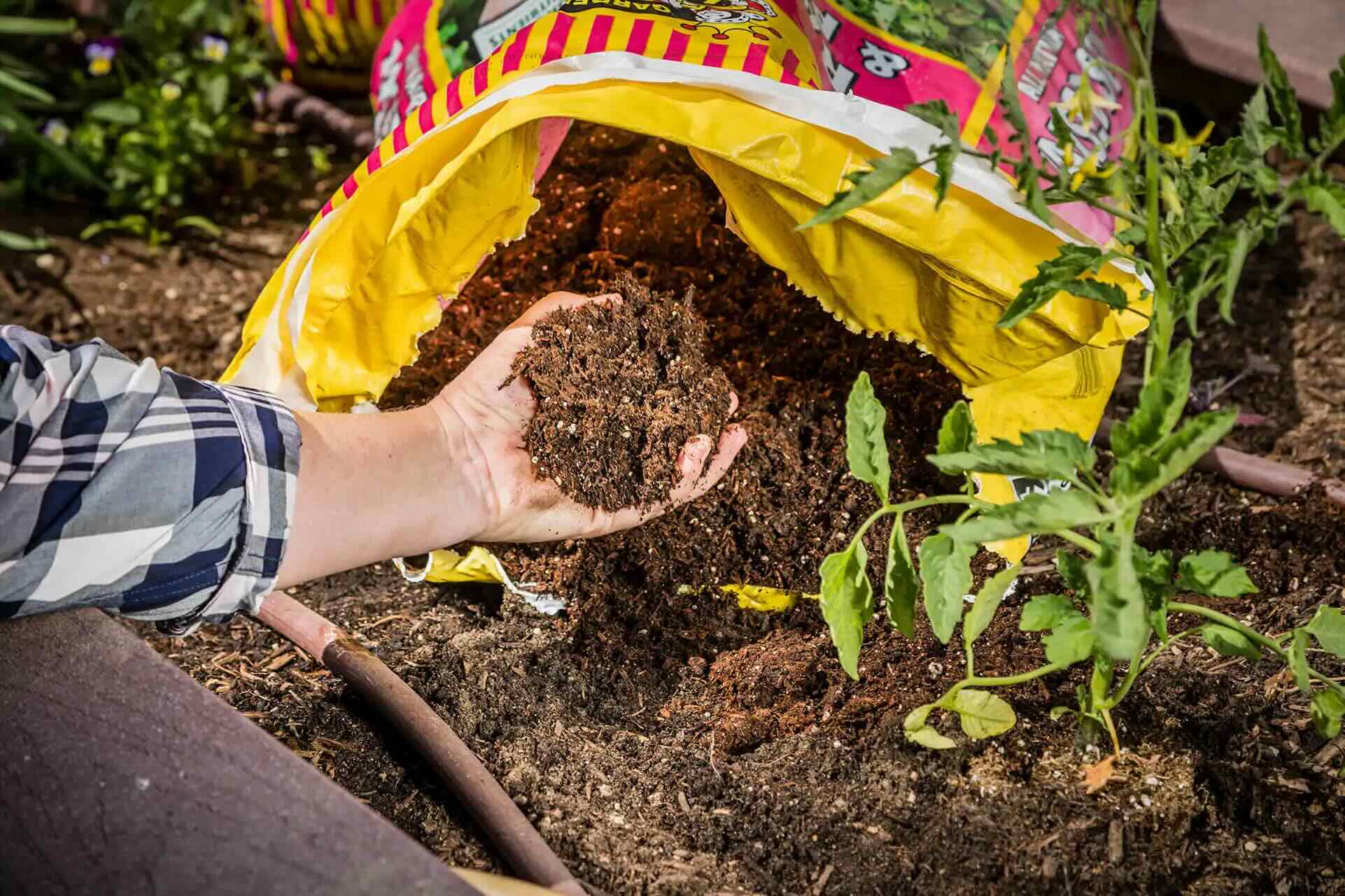
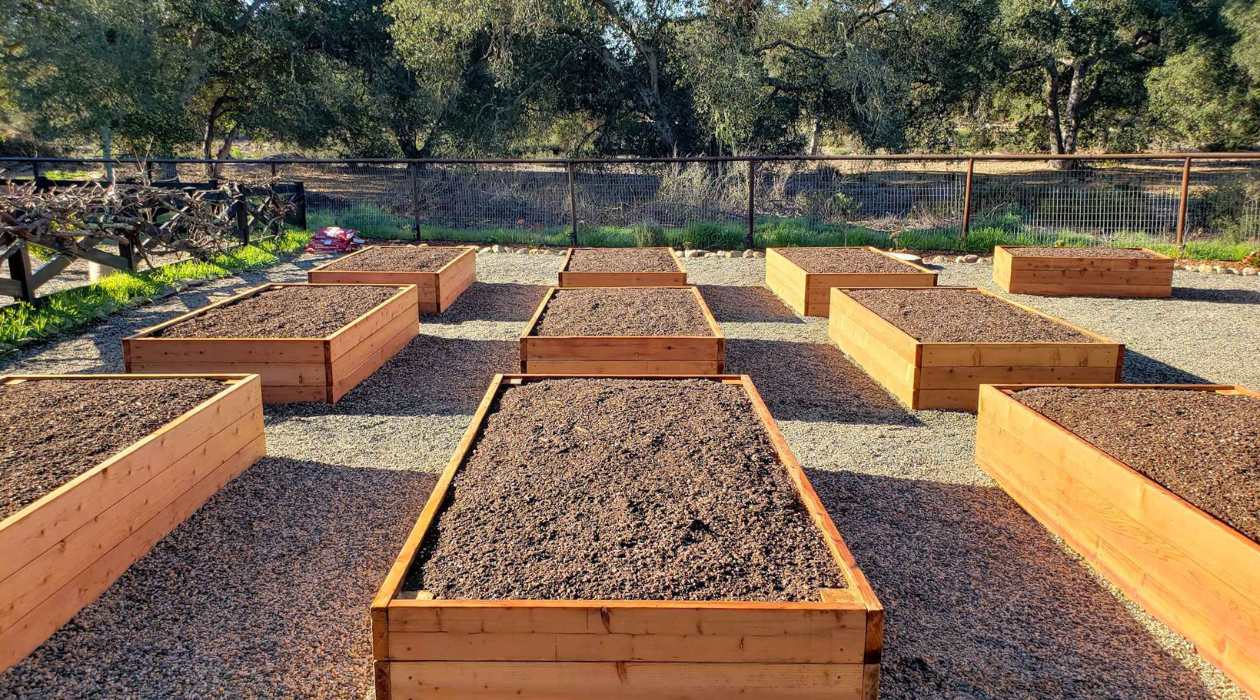



0 thoughts on “What Kind Of Wood For A Raised Garden Bed”